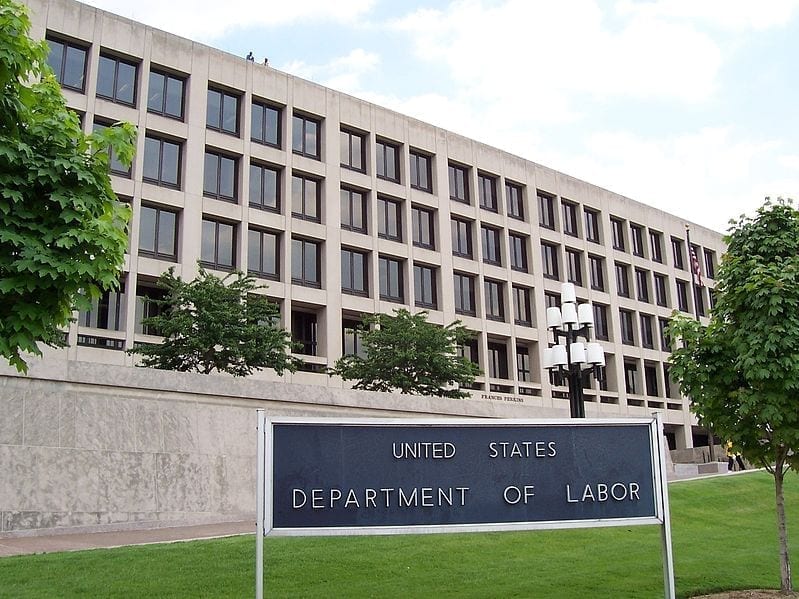What’s up at the Labor Department? Since Trump’s inauguration, there’s been a new lack of transparency over at the United States Department of Labor. (I’d call it “scandalous,” but that word seems to have been redefined upward in the last several months.)
What’s up at the Labor Department? Since Trump’s inauguration, there’s been a new lack of transparency over at the United States Department of Labor. (I’d call it “scandalous,” but that word seems to have been redefined upward in the last few months.)
Under the Obama administration, the Occupational Safety and Health Administration (OSHA) regularly listed the names of companies who were fined at least $40,000 for workplace safety violations. (Previous administrations reported fines at a higher dollar threshold.) Since OSHA fines are generally paltry (the maximum fine for each “serious” violation is only $12,675), the $40K threshold still insured that egregious and willful violators were publicized, not every isolated incident. This practice of naming and shaming, surely familiar as an effective tactic to political operatives who engage in “doxing” their opponents, was meant to bring companies into compliance and ensure safety for workers. According to corporate lawyers, it worked: companies were more afraid of being listed as violators than by the minimal fines imposed by the labor department.
Those days appear to be over. Perhaps it’s because OSHA and the labor department are a bit short-staffed. Perhaps “name and shame” worked a little too well. An Obama-era requirement for businesses to electronically report their injury records that would have gone into effect later this year has been delayed and suspended by the Trump administration. The Chamber of Commerce objected to this “misguided regulation” that they think would lead to “employers being falsely branded as unsafe.” (If having to report real worker injuries makes a workplace falsely appear unsafe, is it likely that getting to sweep those injuries under the rug can make a workplace falsely appear safe?)
Since the Trump labor department is dragging its feet on setting up a website for employers to upload their injury reports, scores of companies will be in violation of the law simply because they have no way to obey. Keep in mind that companies have been obligated to maintain injury and illness records since 1971. The only change here is that companies in some particularly dangerous industries are being asked to submit them electronically rather than by postal mail, saving the government the $2 million it takes to run this program annually. That’s right – the labor department, under Trump and his appointee Alexander Acosta, seems to be OK foregoing millions of dollars in savings in order to cater to companies that don’t want to ‘fess up about their dangerous conditions.
That’s fiscally savvy, pro-worker, pro-safety, and makes government easier to work with, right? No?

On the plus side, especially for the multitude of employers out there who work hard to maintain a safe workplace and whose honest lack of incident reports is something to be proud of, good people are taking action. Jordan Barab, who worked for the labor department under former President Obama, took on OSHA watchdog duties, listing incidents himself on his “Confined Space” blog.
Senators are also pushing for a probe into questionable labor department practices. Led by Senators Elizabeth Warren (D-MA) and Patty Murray (D-WA), Senate Democrats requested that the inspector general look into labor department decisions to postpone two other rules that would have protected workers from inhaling quite as much silica and beryllium dust. (The silica regulation alone was expected to save 600 workers’ lives every year.) But as we all know, this is all “needless regulation,” “big government overreach,” and “too expensive,” right? Safety regulations may (or may not) be “job-killing,” but not having them is “worker-killing.”
One thing is for sure. Companies, just like people, aren’t necessarily trustworthy. Relying on “voluntary compliance” would work if all companies were angels. More likely, we’d end up with a re-run of the Radium Girls.


Join the conversation!